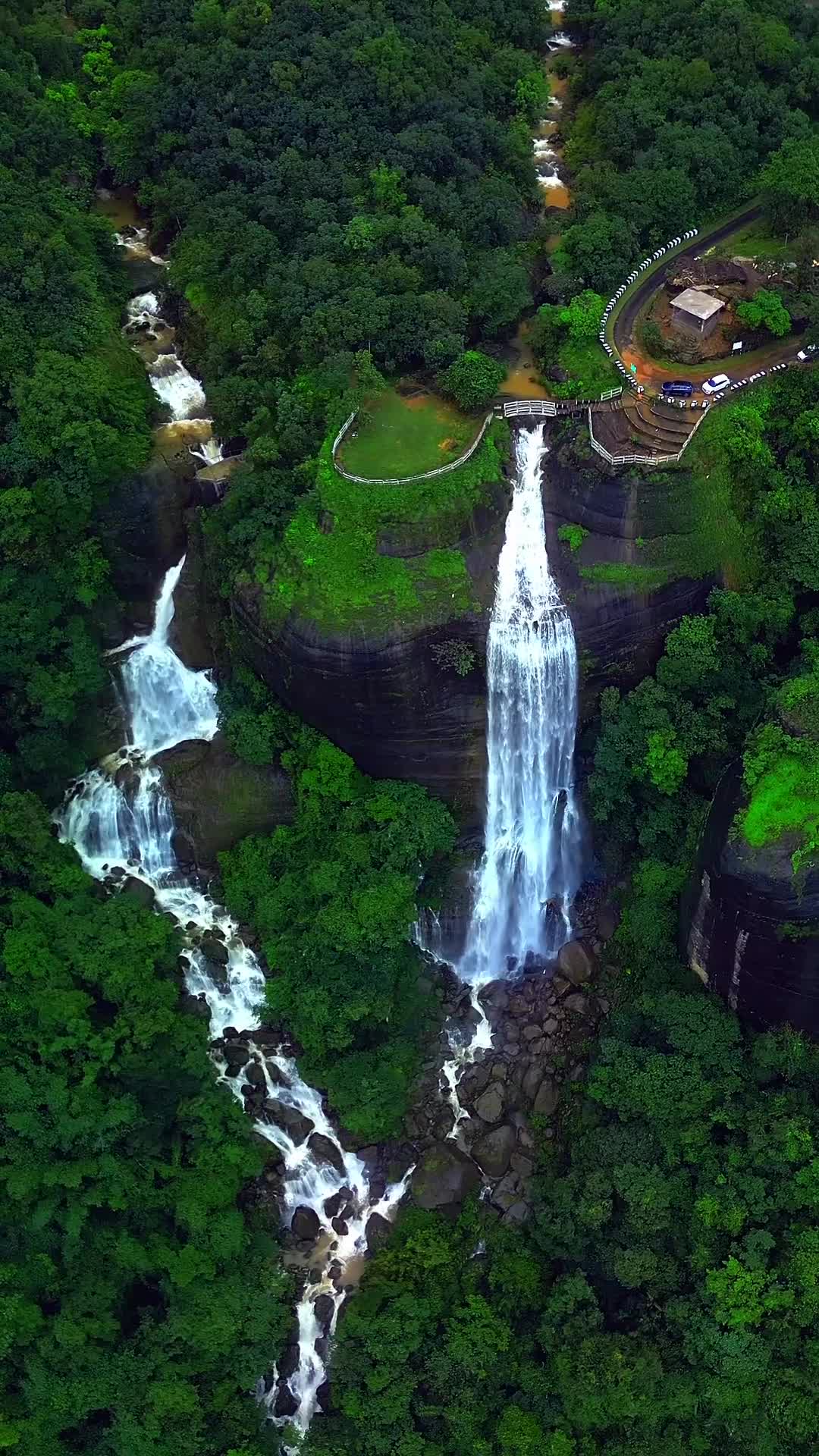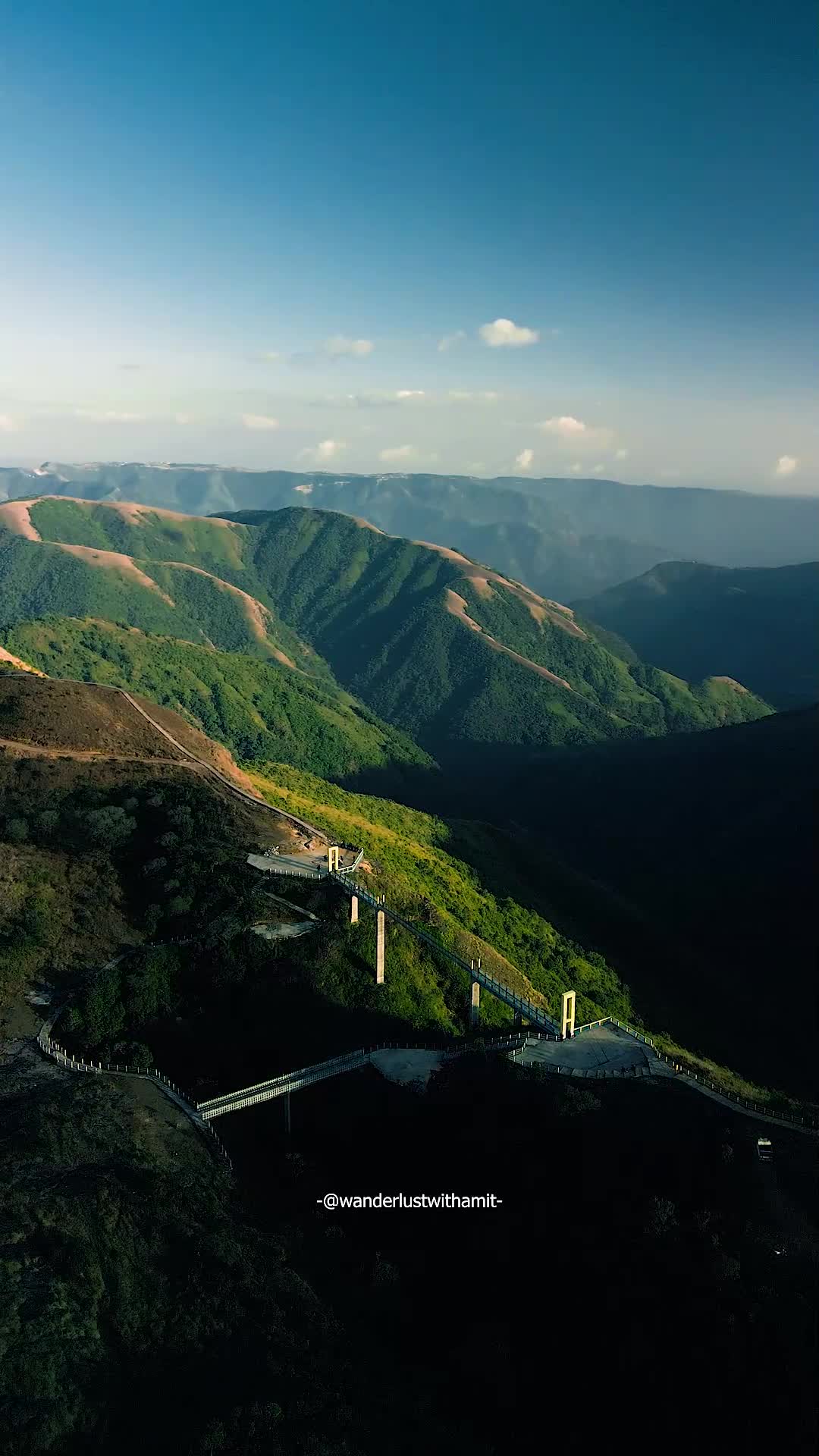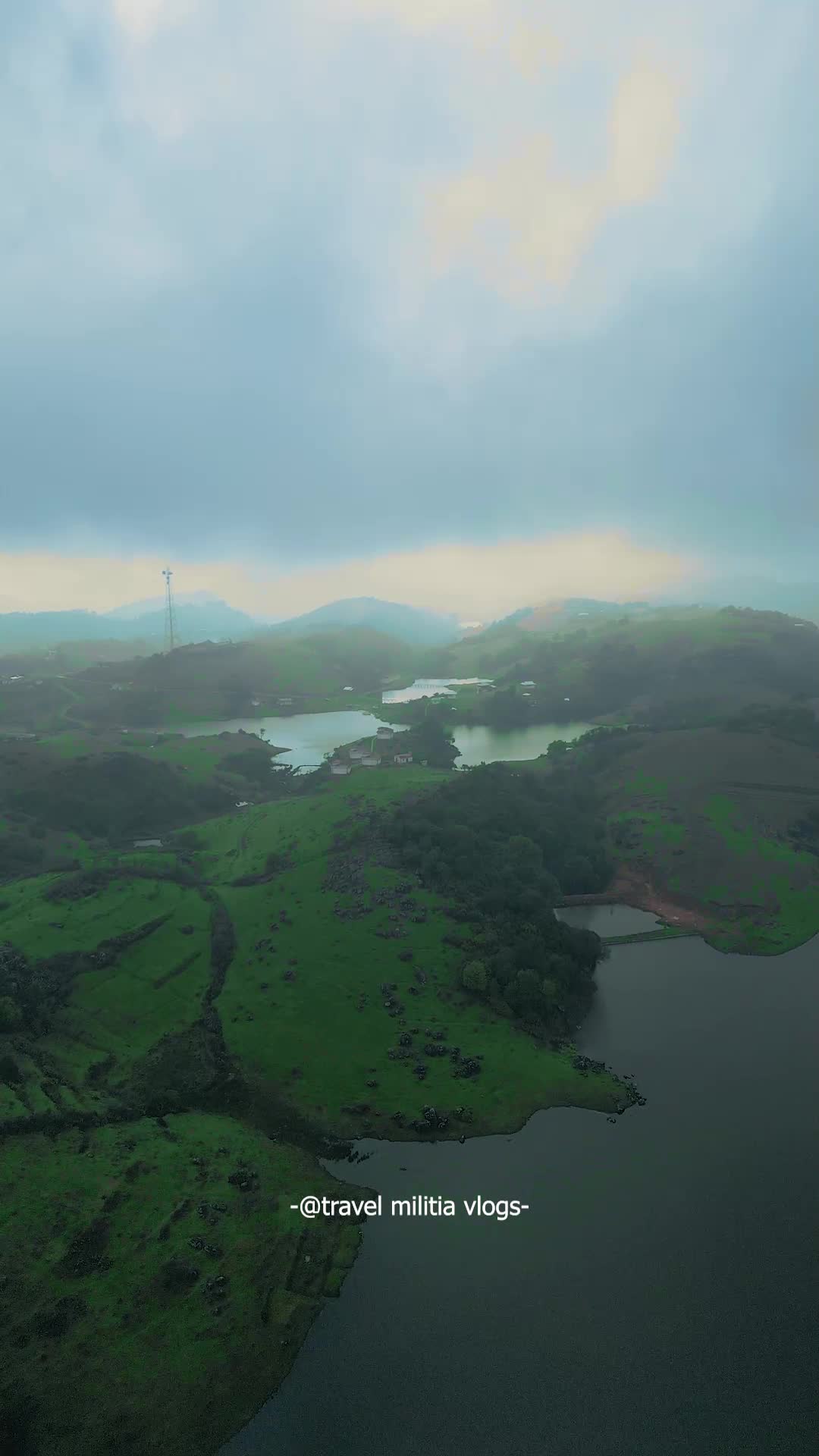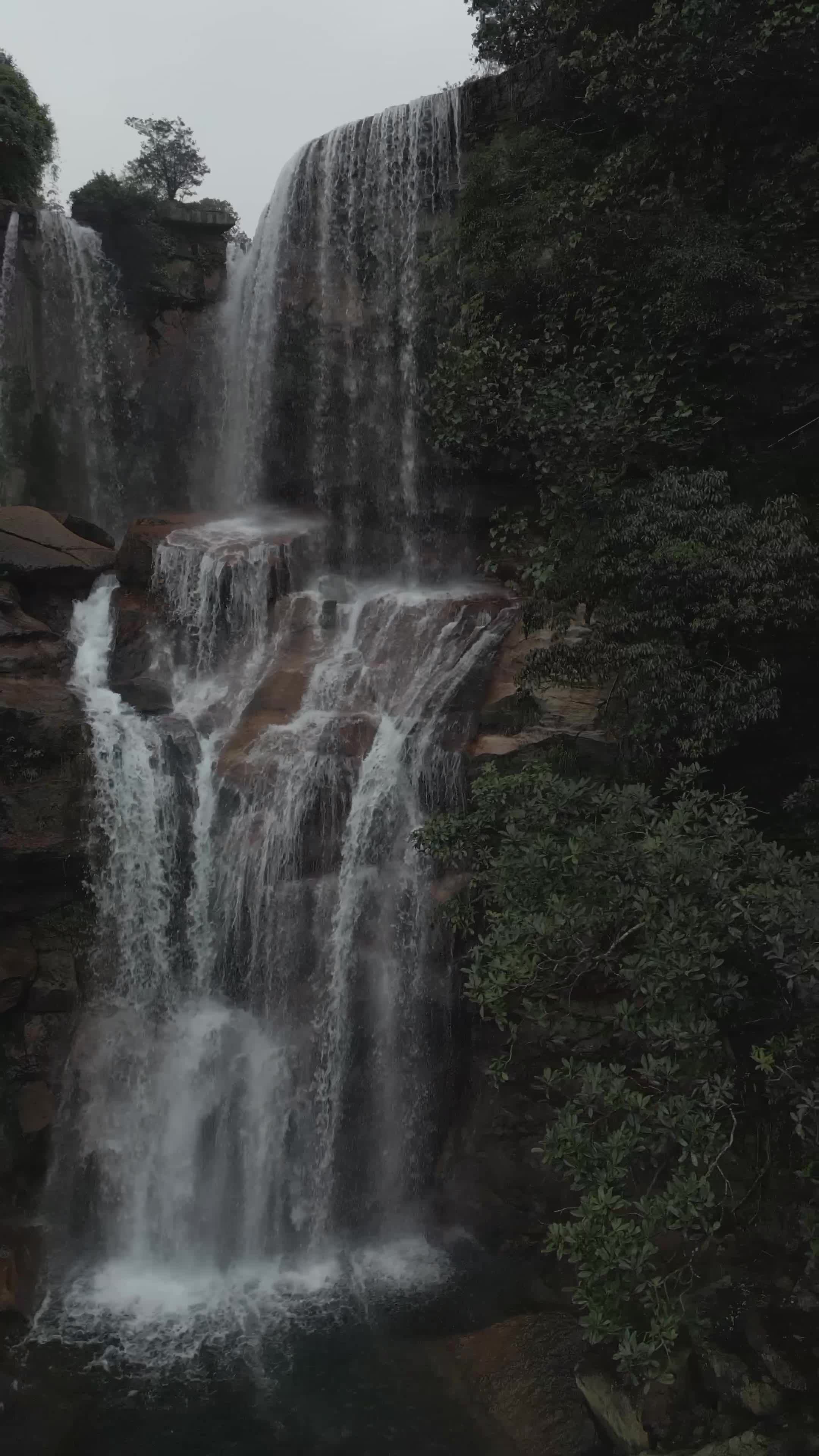🛣️ How to Get There
Location: Mawlynnong is about 78–80 km from Shillong, and around 2.5–3 hours by car.
Route: Shillong, Mylliem, Pynursla, Dawki Road, Mawlynnong. Roads are in good condition for the most part, with scenic views along the way. Hiring a cab or taking a guided tour is the easiest option, especially if you want to visit nearby attractions. If you’re coming from Dawki (near the Bangladesh border), Mawlynnong is just about 35 km away, making it a good combined day trip.
🌼 What to Expect
Once you enter the village, you’ll immediately notice how clean and orderly everything is. Each household has its own bamboo dustbin, and community members take turns cleaning public spaces daily.
Expect:
Traditional bamboo and wood houses raised on stilts
Flower-lined lanes and small viewpoints
A skywalk tower made from bamboo that offers sweeping views of Bangladesh
A small balancing rock formation called "Maw Ryngkew Sharatia"
Local shops selling handmade crafts, fruit, and Khasi snacks
Mawlynnong also practices 100% literacy, and the villagers are welcoming, especially to those who respect their way of life.
🔍 For the Curious
The village’s name comes from a local flowering tree—‘Mawlynnong’ means ‘Cluster of Stones’ in Khasi. Its recognition as Asia’s cleanest village came in 2003 (by Discover India magazine), and since then it has become a model for eco-tourism and community-led development. What sets Mawlynnong apart is that cleanliness is not an imposed rule—it’s a way of life, passed down through generations. Children are taught to clean up after themselves from a young age, and tourism here supports the local economy without disrupting traditions.
ℹ️ Good to Know
📍 Distance from Shillong: ~80 km (2.5–3 hours drive)
🛏️ Stay: Local homestays available—clean, simple, family-run
🧺 Local Markets: Small stalls selling fruit, pineapples, spices
🍛 Food: Khasi-style meals with rice, vegetables, and meat
📶 Network: Spotty signal in some areas
📸 Photography: Allowed, but be respectful in residential areas
🌦️ Best Time to Visit: October to March (dry season, lush scenery)
🚮 Tip: Carry back your trash, locals take waste management seriously
🧵 Souvenirs: Handmade brooms, bamboo baskets, and local honey


















